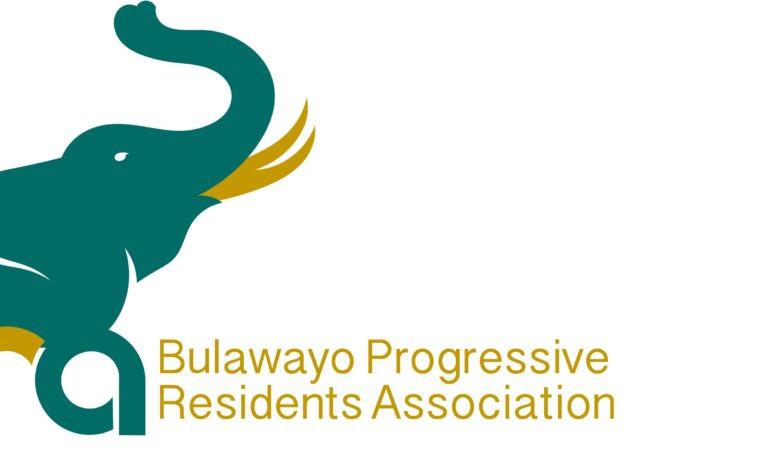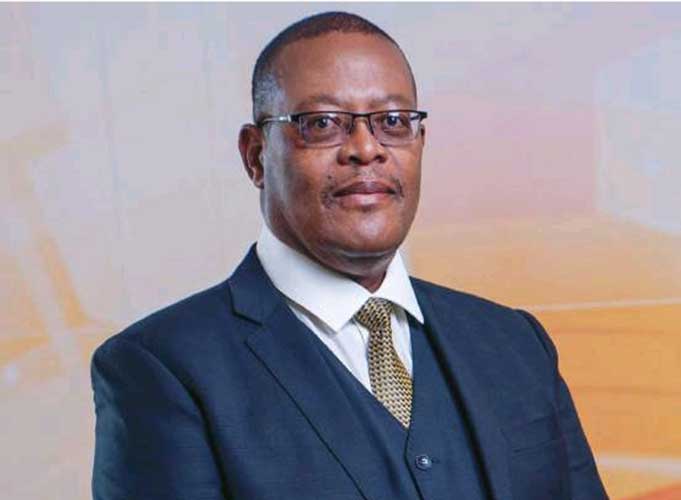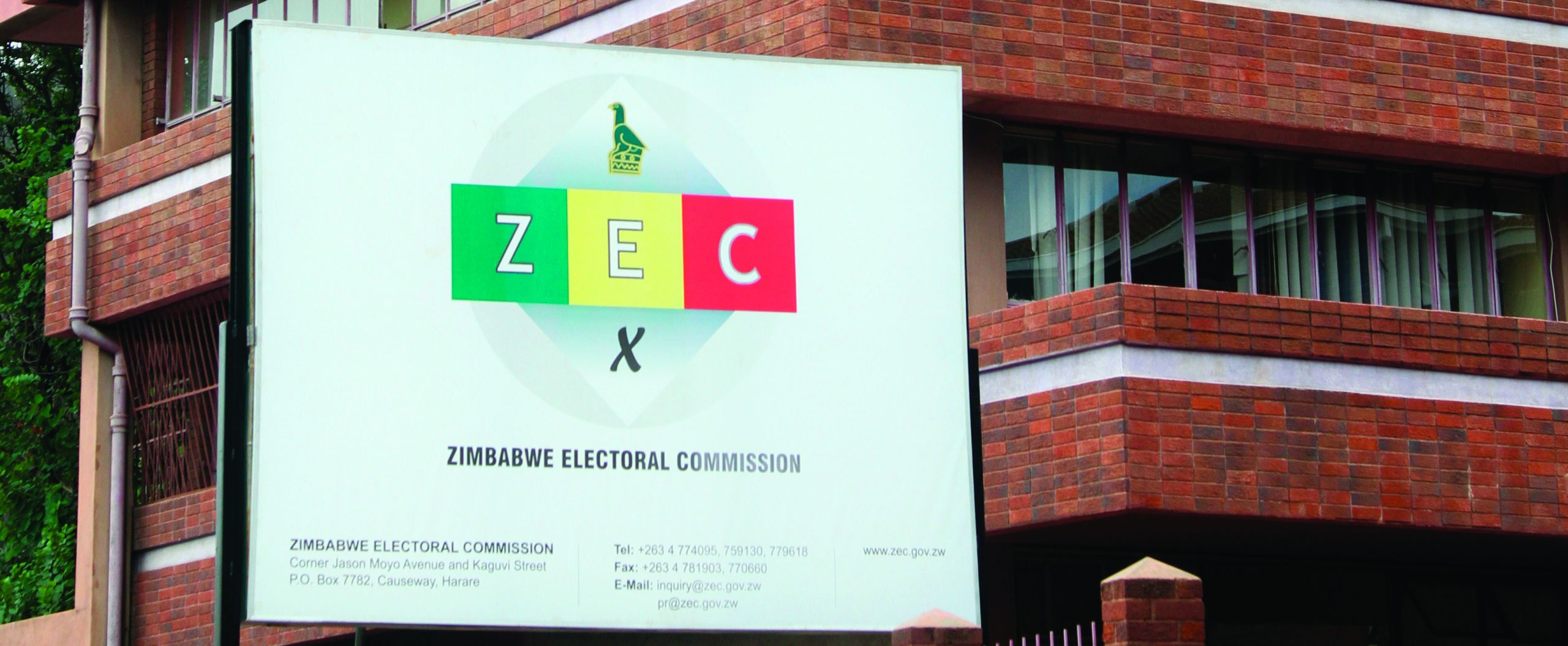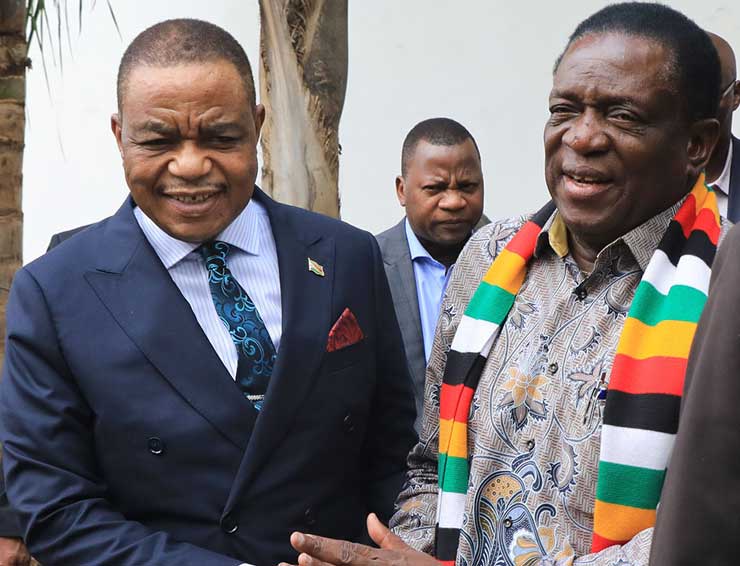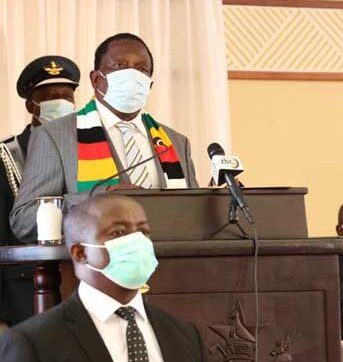
BY TATIRA ZWINOIRA Financing of Zimbabwe’s renewable energy projects by independent power producers (IPPs) remains the key challenge in getting them off the ground, it has emerged.
From last Tuesday to Friday, The Standard in partnership with the Energy and Power Development ministry hosted the third edition of the International Renewable Energy Conference and Expo in Victoria Falls to promote renewable energy usage in the country.
Climate change and shortages of foreign currency to import electricity have left the country unable to continue relying on hydropower and thermal energy, the two main sources of electricity.
#DAY1🔴𝐑𝐞𝐧𝐞𝐰𝐚𝐛𝐥𝐞 𝐞𝐧𝐞𝐫𝐠𝐲 𝐜𝐨𝐧𝐟𝐞𝐫𝐞𝐧𝐜𝐞 𝐫𝐨𝐚𝐫𝐬 𝐭𝐨 𝐥𝐢𝐟𝐞▶️The International Renewable Energy Conference has become a permanent feature in the calendar for Zimbabwe’s energy sector.🔗https://t.co/Qr6XrotyxV pic.twitter.com/VtGN2p9pzT
— The Standard Zim (@thestandardzim) March 22, 2022
“Renewable energy is no longer a matter of choice, but of necessity given the negative effects of climate change,” said President Emmerson Mnangagwa, on Friday as the curtain came down on the well subscribed conference.
Read more on International Renewable Energy Conference & Expo 2022
- Chamisa under fire over US$120K donation
- Mavhunga puts DeMbare into Chibuku quarterfinals
- Pension funds bet on Cabora Bassa oilfields
- Councils defy govt fire tender directive
Keep Reading
- Why we do what we do at AMH: Mafukidze
- Mnangagwa backs AMH initiative
- Mnangagwa talks tough on IPPs
- WB, AfDB bankroll Zim renewable energy projects
“This third edition of the conference must result in concrete recommendations and models on ways to harness the opportunities, which exist in the renewable energy sector in our country.”
Zimbabwe has a power deficit of between 1 200 megawatts (MW) and 1 600MW, according to independent estimates.
Officially, the country has a deficit of 1 000MW which is based on demand hitting 2 370MW by year end, amid a current power generation of 1 370MW.
H.E. President @edmnangagwa arrives in Victoria Falls for the International Renewal Energy Conference and Expo 2022. The conference and expo were co-sponsored by Alpha Media Holdings and the Government of Zimbabwe. pic.twitter.com/PLNUB07gfA
— Presidential Communications Zimbabwe 🇿🇼 (@DeptCommsZW) March 25, 2022
According to the National Renewable Energy Policy (NREP) launched in March 2020, by Mnangagwa, Zimbabwe is now banking on IPPs to fill in the power deficit void.
The government says the country can generate up to 1 872MW worth of power from renewable energy sources.
Solar can generate 600MW as Zimbabwe has a solar potential of 16 to 20 MJ/m2/day, geothermal (50MW), biomass (1 000MW), small hydro (120MW), and wind (100MW), according to the Zimbabwe Energy Council’s research.
Yet, research from the Energy and Power Development ministry revealed that more than 90 licenses have been issued to renewable energy IPPs with a potential to add 7 000MW to the national grid.
#WATCH 🔵International Renewable Energy Conference & Expo 2022https://t.co/LF1KXTs2X3#RECZim2022#solarenergysystemZim #sustainableenergyZim #gosolarZim #cleanenergy
— The Standard Zim (@thestandardzim) March 23, 2022
However, of that number, only 20 licensees have operational projects.
Energy and Power Development minister Soda Zhemu said the major reason behind the failure by IPPs to start their projects on time was that they did not have bankable projects.
“Some do not exhibit the potential to obtain funding for their projects and I think you have heard from the presentation by AfDB (African Development Bank), especially when they indicated that some are even failing to come up bankable project proposals with which has to be done by the project developer when they are looking for funding,” Zhemu told The Standard on the sidelines of the conference.
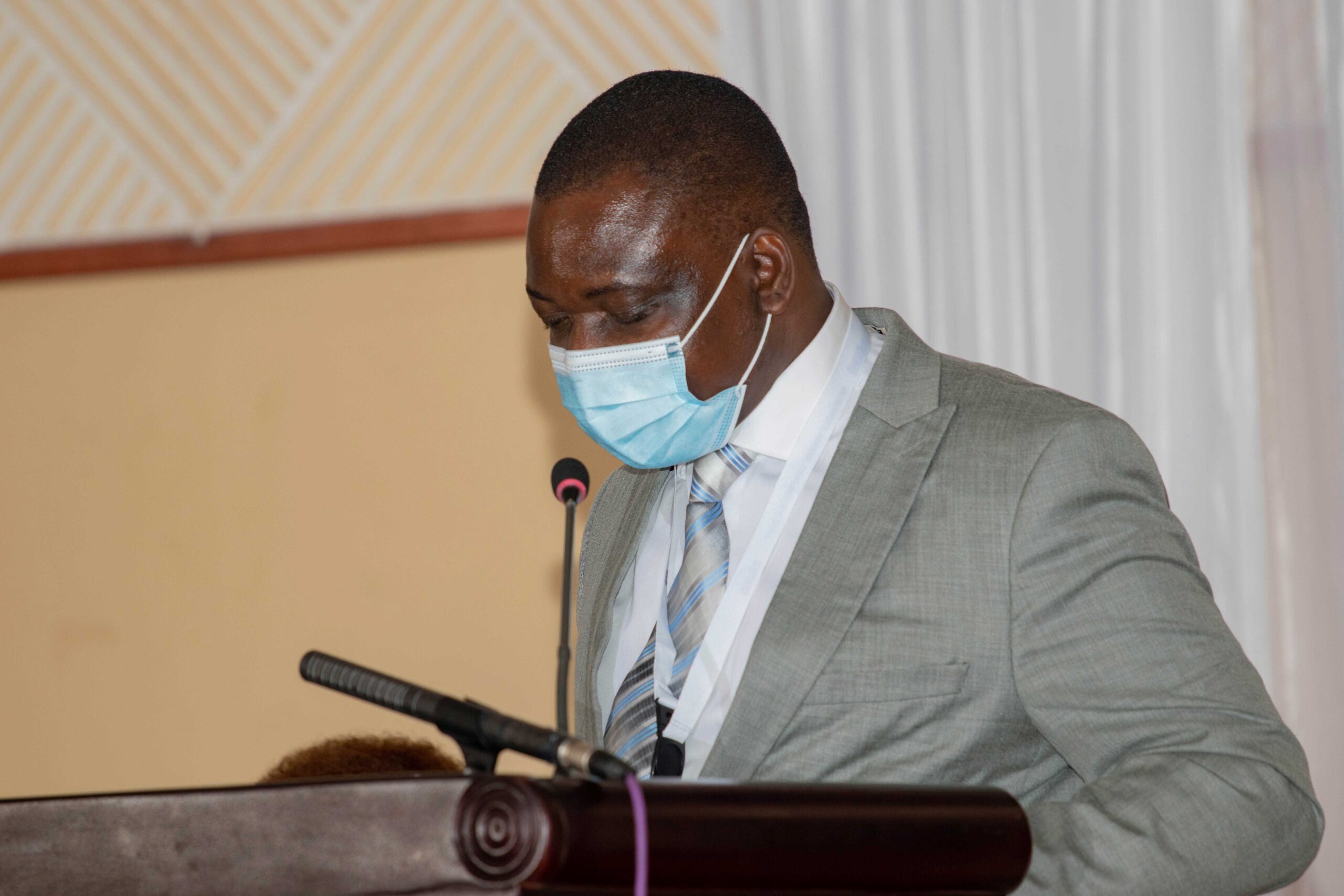
“They are coming up with shoddy project proposals, which cannot attract funders to be involved in those projects.”
He said licence holders were basically failing to come up with bankable projects that can convince funders to put their money.
IPPs apply for licences through the Zimbabwe Energy Regulatory Authority (Zera) and they must show that they have long-term funding to sustain their projects.
“I think there is a need for those (the 70 IPPs) to explain why they are struggling.
“There is an issue of revealing financial closure, which avails the funding for the project to go through.
“They haven’t gotten to that stage yet.
“The main reason, which is sort of inhibiting this is to do with the issues which are now being addressed by a framework which is being done by the government,” Zera CEO Edington Mazambani said.
“Issues to do with government implementation agreements, it’s like a government guarantee to the implementation of the project.
“Issues to do with currency risk — that you are going to invest in US dollars where the tariff is set in United States dollars, but it’s payable in local currency at the exchange rate ruling at the day of payment.
“The IPPs are not assured of accessing foreign currency in terms of loan repayment and profit repatriation. Those are the issues that are going to be addressed by a framework, which is currently being developed by the government.
“We just wait for it to be finalised then we will be ready to run with it.”
Experts and international financiers were brought in to make presentations at the conference and they revealed from a financier’s point of view, why IPPs applications for funding get rejected or delayed in being accepted.
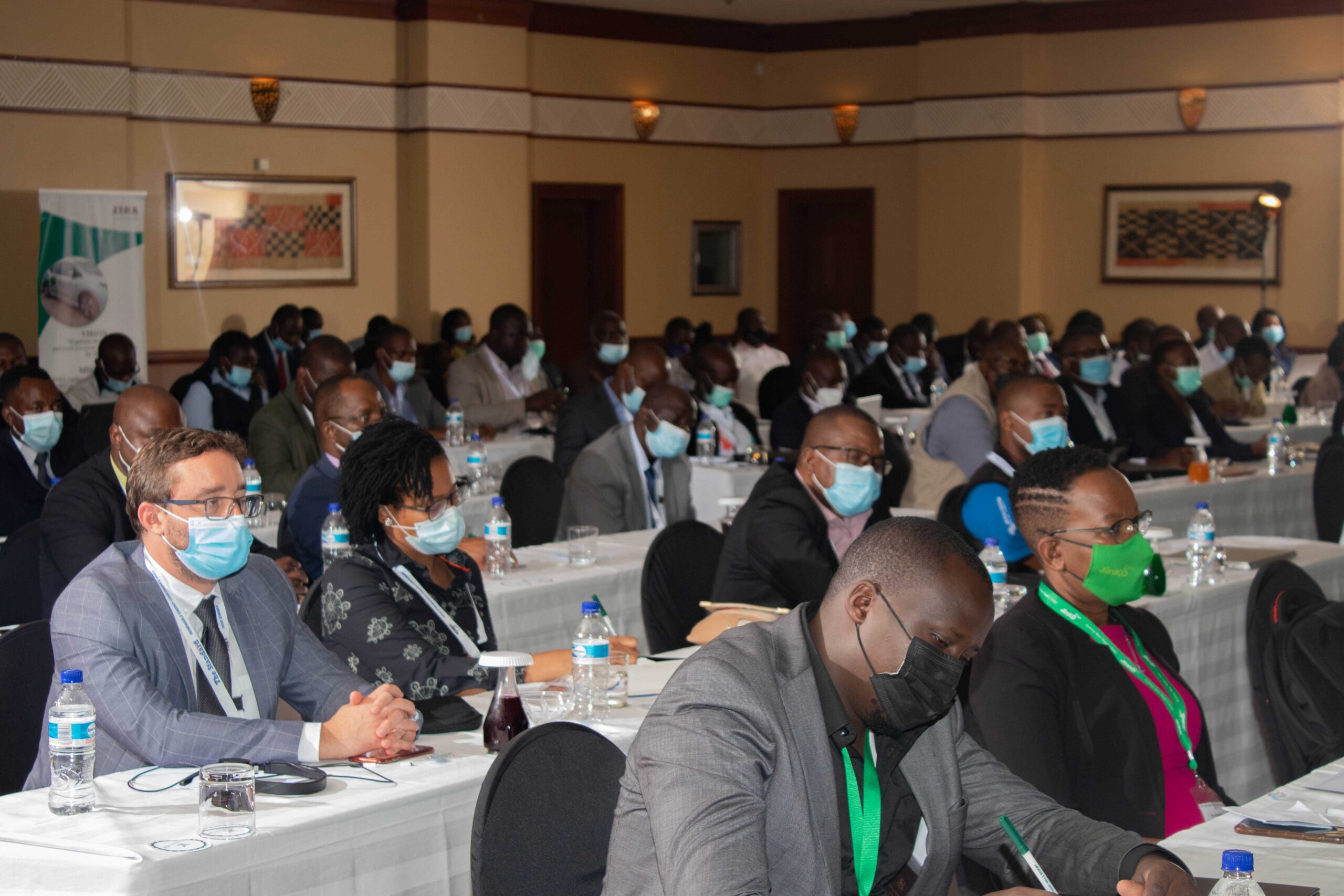
African Development Bank (AfDB) senior power engineer based in Johannesburg, South Africa, Seaga Molepo said non-cost reflective tariffs, lack of competitive IPP framework, aging infrastructure, lack of government guarantees, and lack of financial mobilisation were some of the hindrances to approving renewable energy financing applications.
“Usually, most of the delays we find are in environmental and social safeguards because that is where I think the bank doesn’t (compromise) there is no cutting of corners, especially with the disclosure requirements,” Molepo said.
“If we have a category one project, I think you are required to disclose EIAs (environmental impact assessment).
“Once the EIAs are done, that one you do it as part of project preparation,” he said.
“We assume when you come to the bank you are done with the project preparation, but if we see some holes like maybe the EIA doesn’t satisfy all the bank requirements, then we will have to revisit those particular areas.”
He said that if all the requirements were provided by the one applying for funding, it would take up to six months from application to board approval.
'Renewable energy is no longer a matter of choice but a necessity given the negative effects of climate change. This third edition of the conference must result in concrete recommendations and results in the way we do things in renewable energy' – @edmnangagwa pic.twitter.com/utHaesct8I
— The Standard Zim (@thestandardzim) March 25, 2022
Molepo said Zimbabwe had power rehabilitation needs of US$1,14 billion for the next 10 years with no significant strides having been made to date.
If the government invested in raising that amount of money, Molepo said it would be easier to incorporate renewable energy projects into existing infrastructure, thus making a project further bankable.
The Zimbabwe Independent Power Producers Association (Zippa) said international financiers had two key risks, namely, sovereign / political and offtaker credit risk.
“Political risk in most countries is almost always insurable via bilateral treaties and export credit guarantees.
“This is difficult in Zimbabwe and without that it leads to premiums on rates for investment and borrowings.
“Sovereign risk due to the offtaker being a state-owned entity and the risk of the shareholder declaring sovereign immunity to avoid the liabilities of its company is mitigated by a relevant clause in the PPA,” Zippa said in a statement.
“If there is the perceived risk of the shareholder not supporting its company any shareholder guarantee or protection in the PPA is redundant.
“Political risk may be viewed as the same thing — the lack of political will to support and protect the developments enabled by the policies put in place to encourage the IPP sector.”
Zippa added: “All perceived uncertainty surrounding the investment by investors comes back in the form of higher risk premiums on equity and debt”.
Regarding offtaker credit risk, Zippa said some countries backed all their renewable energy feed-in tariffs IPPs with a sovereign guarantee.
“For Zimbabwe, a solution to this issue is the restoration of the credit quality of our utility, to a point where they are good for their debts and can make their payments on time,” Zippa said.
Zippa stressed that the government needed to take their recommendations seriously as the magnitude of the development in renewable energy projects required exceeded the internal funding capacity of Zimbabwe.
#WATCH 🔴International Renewable Energy Conference & Expo 2022 Day 2#RECZim2022#solarenergysystemZim #sustainableenergyZim #gosolarZim #cleanenergy https://t.co/OYlzSt9aI5
— The Standard Zim (@thestandardzim) March 24, 2022
Zippa said renewable energy projects were dependent on offshore financing, which required external investors having confidence in Zimbabwe.
“The lender’s / investor’s only security is the long-term power purchase agreement — it is imperative that it is internationally bankable in order to raise offshore loans,” Zippa said.
“If the lender / investor does not see a clear and unobstructed path between the returns they have been promised by the regulator and themselves, they will not invest.

“This means tariff payments of real value with full convertibility and remitability guarantees underwritten by reputable institutions.”
The need to address some of these challenges remains urgent as the NREP aims to make clean energy sources generate energy of around 2 400 GigaWatt hours (GWh) by the year 2025 and 4 600 GWh by the year 2030.
But, until the concerns raised by international financiers are addressed and supported fully by government targets within the NREP may be missed.
“The policy aims to achieve an installed renewable energy capacity of 1,100 MW (excluding large hydro) or 16,5% of total electricity supply, whichever is higher, by year 2025 and 2 100 MW or 26,5% of total electricity supply, whichever is higher by 2030,” reads part of the policy document.

